KATHMANDU: The Barahakshetra Temple, one of Nepal’s four revered pilgrimage sites, is facing a dire threat from the relentless erosion by the Koshi River.
Provided the erosion continues unchecked, the temple, located in Barahakshetra Municipality-1, Sunsari, might soon become a memory.
For the past 25 years, the southern side of the temple has been subjected to the Koshi River’s erosion, with the river encroaching approximately 25 meters of land.
Bhaktabahadur Shrestha, chairman of the Barahakshetra Temple Guthi Management Committee, expressed grave concern over the temple’s future.

“The river has been eroding about one meter of land every year during the monsoon, raising fears that the temple may not survive in the coming years,” Shrestha said, adding, “Twenty-five years ago, there was about 25 meters of land on the southern side of the temple, which is now completely eroded.”
The temple is flanked by the Koka River on one side and the Barahananda River on the other.
During the monsoon, the Barahananda River carries large amounts of stones and gravel into the Koshi River, creating a swirling waterhole that exacerbates the erosion on the temple’s southern side.
The erosion is particularly severe due to the steep, fragile terrain and the presence of weak rocks that are easily displaced by the river’s strong currents.
Plans to save temple lying discarded sans budget
Despite having plans to save the temple, including from the Koshi Provincial Government, Barahakshetra Municipality, and local stakeholders, there is insufficient budget for implementation.
Over the past three years, the provincial government has allocated only 20 million rupees for Barahakshetra. However, this amount has been spent on other projects, such as constructing fences, shrines, public toilets, and parks, rather than on erosion control.
The Koshi Provincial Tourism Development Project, which received the contract, stated that river control does not fall within its jurisdiction or capabilities. Project Chief Kuldeep Prasad Yadav explained that their budget and manpower are insufficient for such tasks.
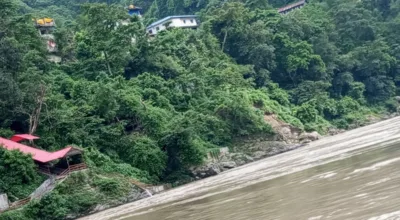
How to save the temple?
Local authorities and the temple management committee estimate that around 100 million rupees are needed to construct a natural stone dam to protect the temple from erosion. Shrestha suggested that a natural stone dam would be more durable than a concrete one and could serve the dual purpose of preventing erosion and attracting tourists.
Anand Jha, head of the Water Resources and Irrigation Development Division in Inaruwa, outlined two potential solutions: altering the Koka River’s flow or building a robust revetment similar to the ghats in Varanasi, India. However, the division currently lacks the budget to undertake such projects.
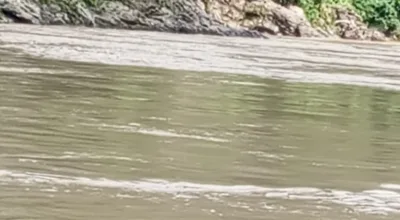
Appeals to the federal government
With the temple’s existence under severe threat, local authorities are now seeking help from the federal government.
Barahakshetra Municipality has submitted a written request for budget allocation for erosion control. Mayor Ramesh Karki emphasized that the municipal budget alone is insufficient to address the issue.
“Without controlling the erosion, the future of Barahakshetra is bleak,” Karki warned.
Despite previous efforts, including a commitment from the federal government, the allocated budget has been inadequate. Karki remains hopeful that a comprehensive master plan and continuous appeals will eventually secure the necessary funds to save the historic temple.
The urgency to act is underscored by the increasing frequency and intensity of the river’s erosion, threatening not only the temple’s existence but also the cultural and spiritual heritage it embodies.


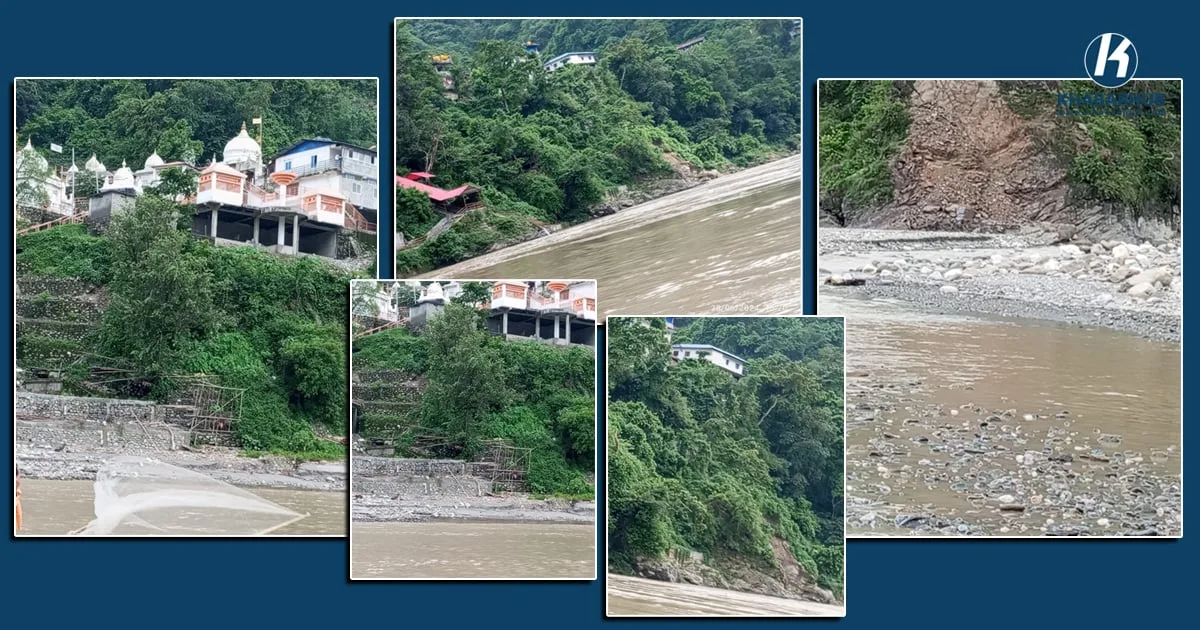

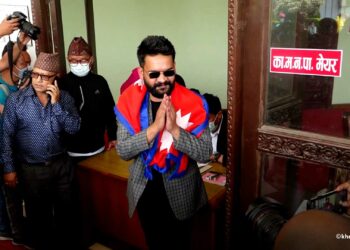

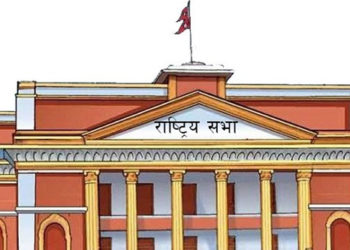


Comment